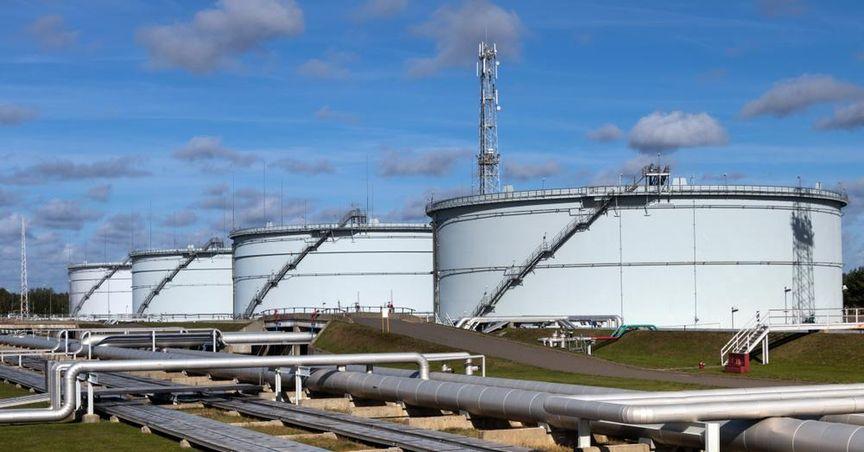Highlights
- DTE Energy generates and distributes electricity to residential, commercial, and industrial clients.
- Its operations incorporate coal, nuclear, hydro, wind, and solar energy assets.
- The company reflects trends seen among regulated utility firms within the S&P 500.
DTE Energy Co. (NYSE:DTE) is part of the regulated utilities sector, offering electricity and related services across southeastern Michigan. The company serves residential, commercial, and industrial customers through generation, distribution, and transmission infrastructure. It operates within a highly regulated environment, balancing energy delivery obligations with compliance and infrastructure reliability.
Similar to other utility firms within the S&P 500, DTE Energy maintains operational consistency by integrating traditional and renewable energy sources.
Diverse Energy Generation Model
The company’s Electric segment is the foundation of its business structure, providing power through a combination of generation sources. DTE Energy utilizes coal-fired plants and nuclear stations, supplemented by hydroelectric pumped storage facilities. In recent years, the company has integrated wind and solar assets to expand its energy mix and support power availability across varied demand profiles.
This hybrid model mirrors the structural diversification observed in S&P 500 utilities, where energy resilience and environmental considerations are operational priorities.
Structural Indicators and Technical Benchmarks
DTE Energy operates with key liquidity and capital efficiency metrics that reflect standard practices within utility operations. Indicators such as current and quick ratios provide a snapshot of resource availability to meet operational requirements. The company also maintains a capital structure marked by its debt-to-equity balance, a common feature among utilities operating within fixed-asset environments.
Such financial consistency is characteristic of utility companies in the S&P 500, where stability supports long-cycle infrastructure development and continuous service delivery.
Market Activity and Institutional Positioning
The company's movement across short- and medium-term average benchmarks provides insights into operational rhythm and price behavior. These technical markers offer comparative reference for performance evaluation within the utilities space. Institutional positioning has also shown changes, as organizations adjust exposure in line with broader sector dynamics.
Adjustments of this kind are not uncommon among S&P 500 utilities, which often respond to macroeconomic factors and infrastructure planning cycles.
Integration Within Broader Utility Trends
DTE Energy’s operational framework and energy strategy place it within a group of regulated utility firms that reflect evolving energy delivery models in the S&P 500. The combination of centralized generation, regional distribution, and renewable infrastructure development enables a consistent service approach.
The alignment between DTE Energy’s utility structure and the broader standards seen in the S&P 500 reflects the company's role in regional electricity markets and ongoing infrastructure operations.






